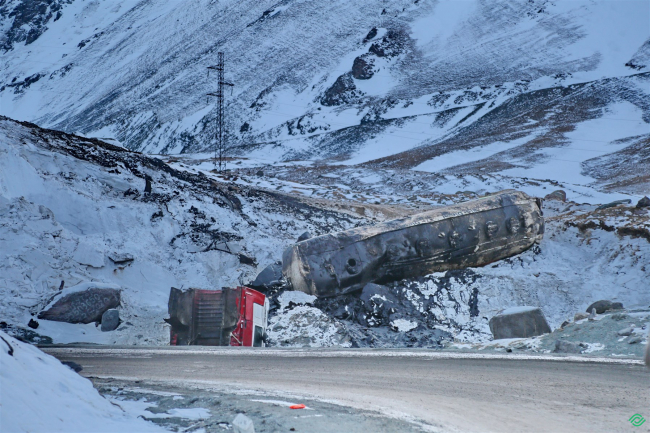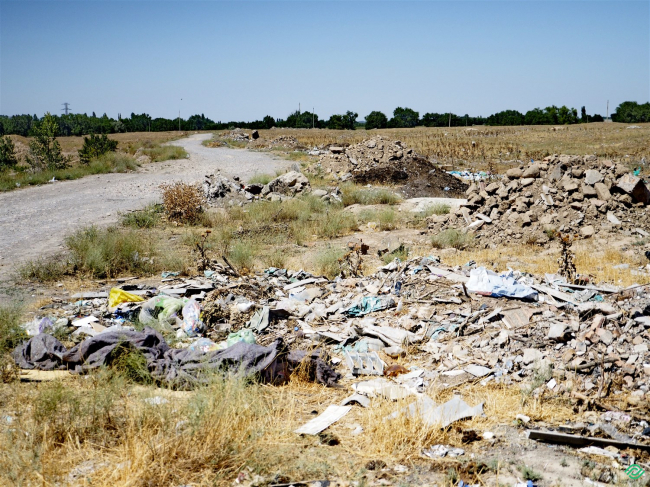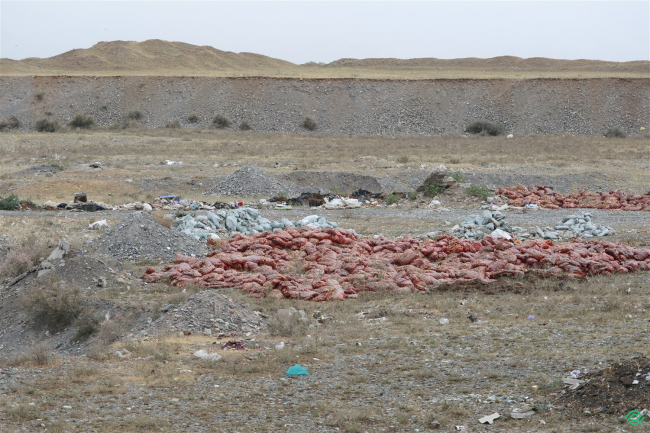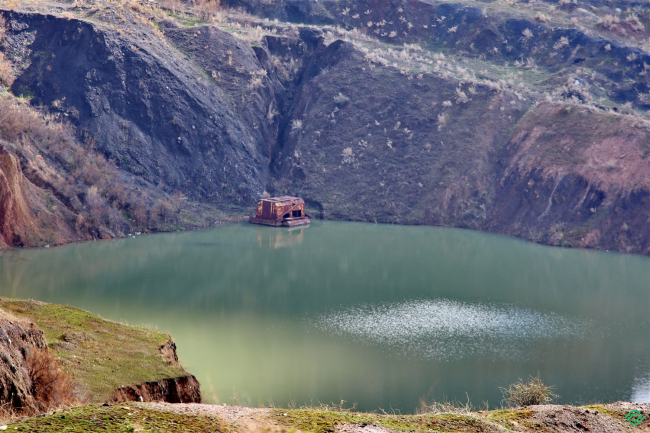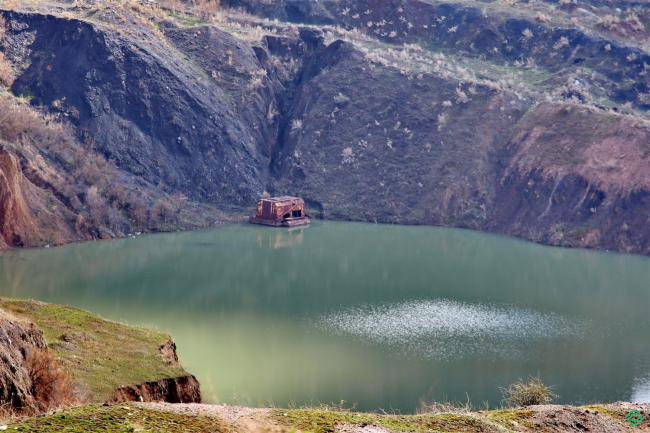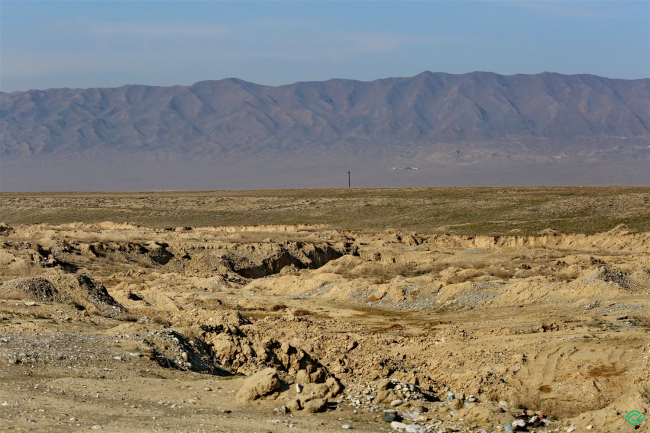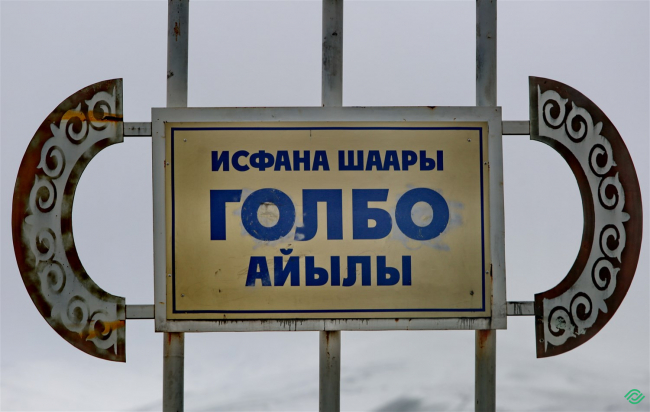At the Tuy Ashu Pass, a vehicle with a fuel oil tanker overturned.
Coordinates: Latitude 42°22"10.2954" Longitude 73°48"48.85092" On January 21, 2022, a report was received from an environmental activist about another accident at the Tuy Asha pass. A vehicle carrying a tank of fuel oil overturned. The video sent illustrated streams of fuel oil flowing down the slope towards the Obla River. This river flows into the Kara-Balta River, which then merges into the transboundary Chu River. This river system is a source of drinking water for the
